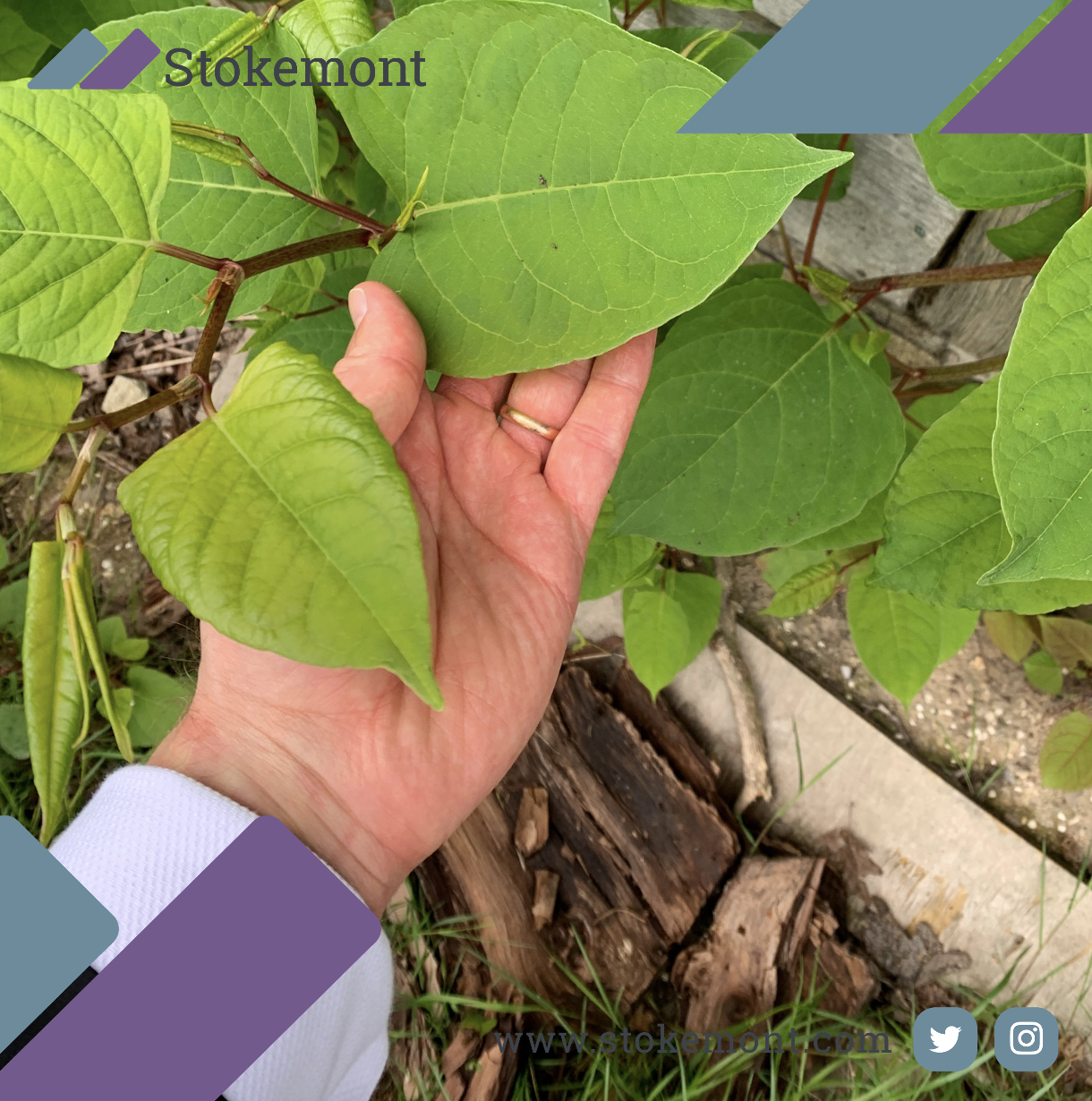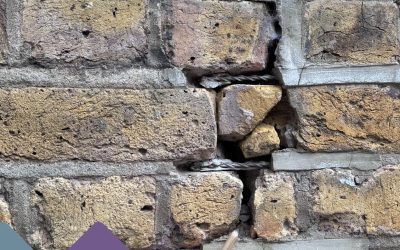Thank you for clicking on today’s property surveying blog post, today we are going to be looking at Japanese knotweed.
Japanese knotweed is a typical defect and issue that Surveys see on their daily sight inspections.
Normally, Japanese Knotweed is noted on Pre Purchase Surveys, both RICS HomeBuyer Reports and Full Building Surveys alike! Commonly on your larger properties or ones that were constructed around the turn of the century.
Japanese Knotweed is an invasive plant species meaning that it is not native to England or Wales.
Instead, in the 1900’s Japanese Knotweed was brought over as an ornamental plant for its vibrant colours and heart shape leaves considered to be attractive.
While native to Japan, in its natural habitat Japanese Knotweed will have natural insects and pests which will control its spread and will prevent it from becoming the issue that it is now in the UK.
In the UK Japanese Knotweed does not have the ecosystem or pests to control it. As such, it can quickly go out of hand and become a major issue with property purchases and property owners.
The big distinction and issue of Japanese Knotweed compared to other plants is not only the ferocity at which it can grow, but also the difficulty in removing it.
Japanese Knotweed is also notoriously renowned for finding its way through cracks, crevices and splits in buildings. In many cases not only can it disrupt the fabric and foundation of the building it can also weaken the stability if it interacts with the foundations.
One of the biggest problems is that it is considered controlled waste. What this means from a layman’s perspective, is that if you are unlucky enough to find this then you are likely to incur specialist costs in having the invasive plant controlled, lessened and ultimately removed.
Japanese Knotweed is also renowned for finding its way through root barriers and other forms of conventional solutions to invasive plants. In practice, this means that respective shoots or roots will need to be injected with chemical treatments to slowly kill off their growth. As you can imagine, this is going to be a very expensive endeavour and the cost can range from thousands to tens of thousands depending on the plant’s maturity and location.
Another issue about Japanese Knotweed is that if it is noted on your property and you don’t take the necessary steps to combat it, recent case law could result in your neighbour having a genuine and substantial claim against you for loss of value to their property or determent associated with that.
The major issue and premise behind this is that if a pre purchase surveyor was to note Japanese Knotweed on an RICS Homebuyer Report or Full Building Survey
whether that was on your property, or on a neighbouring property that was in close proximity, the RICS surveyor will flag the issue up and likely give it a condition rating 3 with a high-cost rating.
Proceeding with a property purchase in the knowledge of Japanese knotweed is likely to be a major issue, as a vast majority of mortgage providers and banks are unlikely to want to lend to properties whereby it is present, or whereby it is present in a neighbouring property.
This is plain and simple as a result of the cost of removal being so exhaustive. While also bearing in mind that when it comes to removing this invasive plant, there are never any guarantees that the specialist contractors will provide.
Over the years here at Stokemont we’ve been lucky enough to have seen this plant a number of times, In places that you would not necessarily expect to find it.
Typical examples of this could be;
- In close proximity to railway stations or train lines
- Turn-of-the-century properties
- Historic properties such as churches
- Wasteland
If you are concerned about Japanese Knotweed, first and foremost we would advise taking some basic advice from an experienced chartered surveyor who has been lucky enough to identify this plant in the past. Further to that, we would advise seeking specialist advice from a Japanese Knotweed removal specialist.
They are a wide majority of contractors out there who offer their eradication and removal services for this plant. However, just bear in mind that the cost for this is likely to be significant and in some cases home insurers are unlikely to want to pay out for its eradication, owing to the fact that it is notoriously difficult to get rid of in the first place.
If you would like to discuss Japanese knotweed, RICS home buyer reports, Full Building Survey or any other of our surveying services. Please feel free to get in touch and we will be more than happy to assist and advise, equally, you can always pop us an email we will be more than happy to review and assist.




